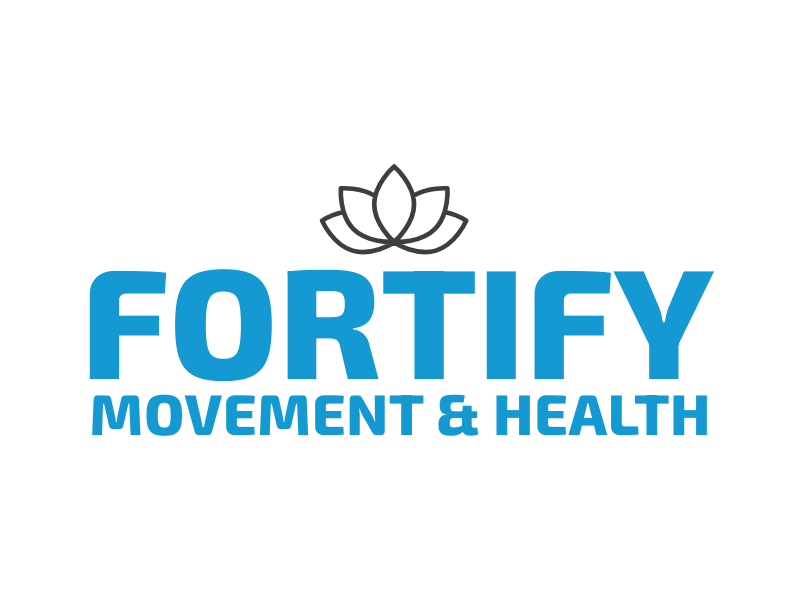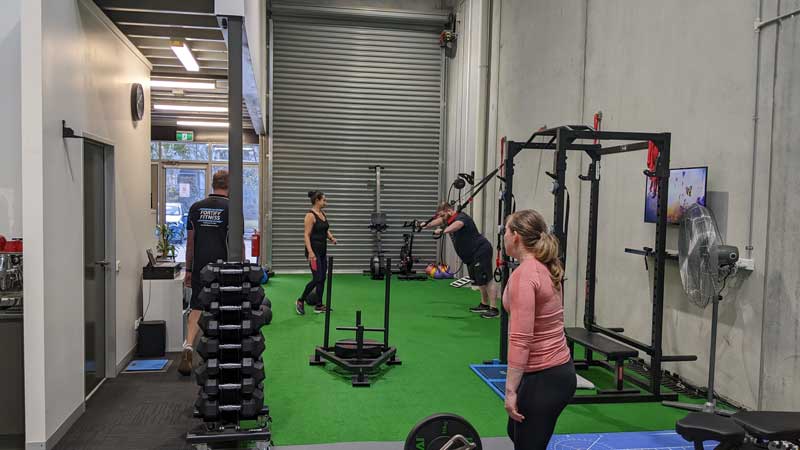Breaking the Boom-Bust Cycle: The Role of Active Rehabilitation in Managing Chronic Fatigue
Introduction
Chronic fatigue syndrome (CFS) is characterised by persistent fatigue that interferes with daily activities and is not alleviated by rest (Fukuda et al., 1994). This condition goes beyond just feeling tired and encompasses a wide variety of debilitating symptoms. The causes of CFS are not yet fully understood but for some people it can follow infection, toxic exposure, anaesthetic, immunisation, or trauma such as car accident.
Patients often experience a “boom-bust” cycle—periods of increased activity followed by exacerbation of symptoms, leading to a cycle of overexertion and subsequent fatigue. This article discusses how active rehabilitation can help mitigate this cycle, improve overall exercise capacity, and enhance quality of life for individuals with chronic fatigue.
Understanding the Boom-Bust Cycle
The boom-bust cycle refers to a pattern where individuals with chronic fatigue engage in high levels of activity during good days (“boom”), only to experience significant fatigue and symptom exacerbation afterward (“bust”). People will then often spend several days recovering from this ‘boom’ until they feel better and will then repeat this process. This cycle can lead to avoidance behaviours and reduced overall activity levels, creating a vicious cycle of deconditioning and worsening fatigue (Jason et al., 2009).
Physiological Mechanisms
Research suggests that patients with CFS may have an altered energy metabolism, impacting how they respond to physical activity (Buchwald et al., 2000). Overexertion can lead to a variety of symptoms, including muscle pain, cognitive difficulties, and sleep disturbances, which further complicate the management of CFS. The boom-bust cycle reinforces a fear of activity, leading to avoidance and a decrease in functional capacity over time (Sharpe et al., 1996).
The Role of Active Rehabilitation
Active rehabilitation emphasises graded exercise therapy (GET) and other forms of physical activity tailored to the individual’s capacity. Unlike passive therapies, which may offer temporary relief, active rehabilitation aims to gradually increase physical activity levels, helping patients break free from the boom-bust cycle.
Benefits of Active Rehabilitation
- Gradual Increase in Activity: Active rehabilitation employs a gradual increase in activity levels, allowing patients to adjust to physical exertion without triggering fatigue (Wearden et al., 2010). This approach can help restore confidence in physical abilities and reduce the fear associated with activity.
- Improved Exercise Capacity: A study by White et al. (2011) found that patients undergoing a supervised graded exercise program showed significant improvements in physical functioning and fatigue levels compared to those who did not engage in such programs. These findings support the effectiveness of structured activity in improving overall exercise capacity.
- Enhanced Quality of Life: Active rehabilitation can lead to significant improvements in quality of life (Wiborg et al., 2013). Patients often report better emotional well-being and social functioning when engaged in regular physical activity, contributing to a more sustainable lifestyle.
Implementing Active Rehabilitation
Effective implementation of active rehabilitation requires a structured, individualised approach:
- Assessment: Initial assessments should identify the patient’s baseline functional capacity, symptom severity, and any specific limitations or fears regarding activity (Deale et al., 2001).
- Graded Exercise Program: Based on the assessment, a personalised graded exercise program can be developed. This program should start with low-intensity activities, such as walking or stretching, gradually increasing intensity as tolerated (Bäckhed et al., 2015).
- Education and Support: Educating patients about the physiological responses to exercise, the importance of pacing, and the benefits of regular activity can help reduce anxiety and enhance adherence to the rehabilitation program (Buchwald et al., 2000).
- Monitoring and Adjustment: Continuous monitoring of symptoms and exercise tolerance is crucial. Regular follow-ups allow for adjustments to the exercise regimen based on the patient’s progress, ensuring that the program remains effective and supportive (Wearden et al., 2010).
Conclusion
Chronic fatigue syndrome presents significant challenges, particularly the boom-bust cycle that hinders long-term recovery. Active rehabilitation, emphasising graded exercise and individualised programs, can break this cycle and improve both exercise capacity and quality of life. As physiotherapists and exercise physiologists, it is imperative to advocate for active interventions that empower patients to reclaim their physical capabilities and overall well-being.
learn more about our exercise physiology services here
References
Bäckhed, F., & et al. (2015). The gut microbiota as a target for diet and therapy. Nature Reviews Gastroenterology & Hepatology, 12(11), 724-733. https://doi.org/10.1038/nrgastro.2015.150
Buchwald, D., Pearlman, T., & Kith, S. (2000). Chronic fatigue syndrome: A comprehensive approach to its definition and study. BMC Health Services Research, 1, 1-9. https://doi.org/10.1186/1472-6963-1-1
Deale, A., & et al. (2001). Cognitive-behavioral therapy for chronic fatigue syndrome: A randomized controlled trial. The American Journal of Psychiatry, 158(3), 368-374. https://doi.org/10.1176/appi.ajp.158.3.368
Fukuda, K., & et al. (1994). The chronic fatigue syndrome: A comprehensive approach to its definition and study. Annals of Internal Medicine, 121(12), 953-959. https://doi.org/10.7326/0003-4819-121-12-199412150-00009
Jason, L. A., & et al. (2009). The impact of chronic fatigue syndrome on social functioning. Psychological Medicine, 39(8), 1363-1370. https://doi.org/10.1017/S0033291708004678
Sharpe, M., & et al. (1996). A randomized controlled trial of cognitive behavior therapy for chronic fatigue syndrome. BMJ, 313(7054), 860-864. https://doi.org/10.1136/bmj.313.7054.860
Wearden, A. J., & et al. (2010). Randomized controlled trial of cognitive behaviour therapy and graded exercise therapy for chronic fatigue syndrome. Psychological Medicine, 40(12), 1939-1949. https://doi.org/10.1017/S0033291709992470
White, P. D., & et al. (2011). Graded exercise therapy for chronic fatigue syndrome: A randomized controlled trial. The Lancet, 377(9768), 1082-1088. https://doi.org/10.1016/S0140-6736(11)60024-0
Wiborg, J. F., & et al. (2013). Chronic fatigue syndrome: A randomized controlled trial of a graded exercise program. The American Journal of Psychiatry, 170(2), 221-227. https://doi.org/10.1176/appi.ajp.2012.12040522




